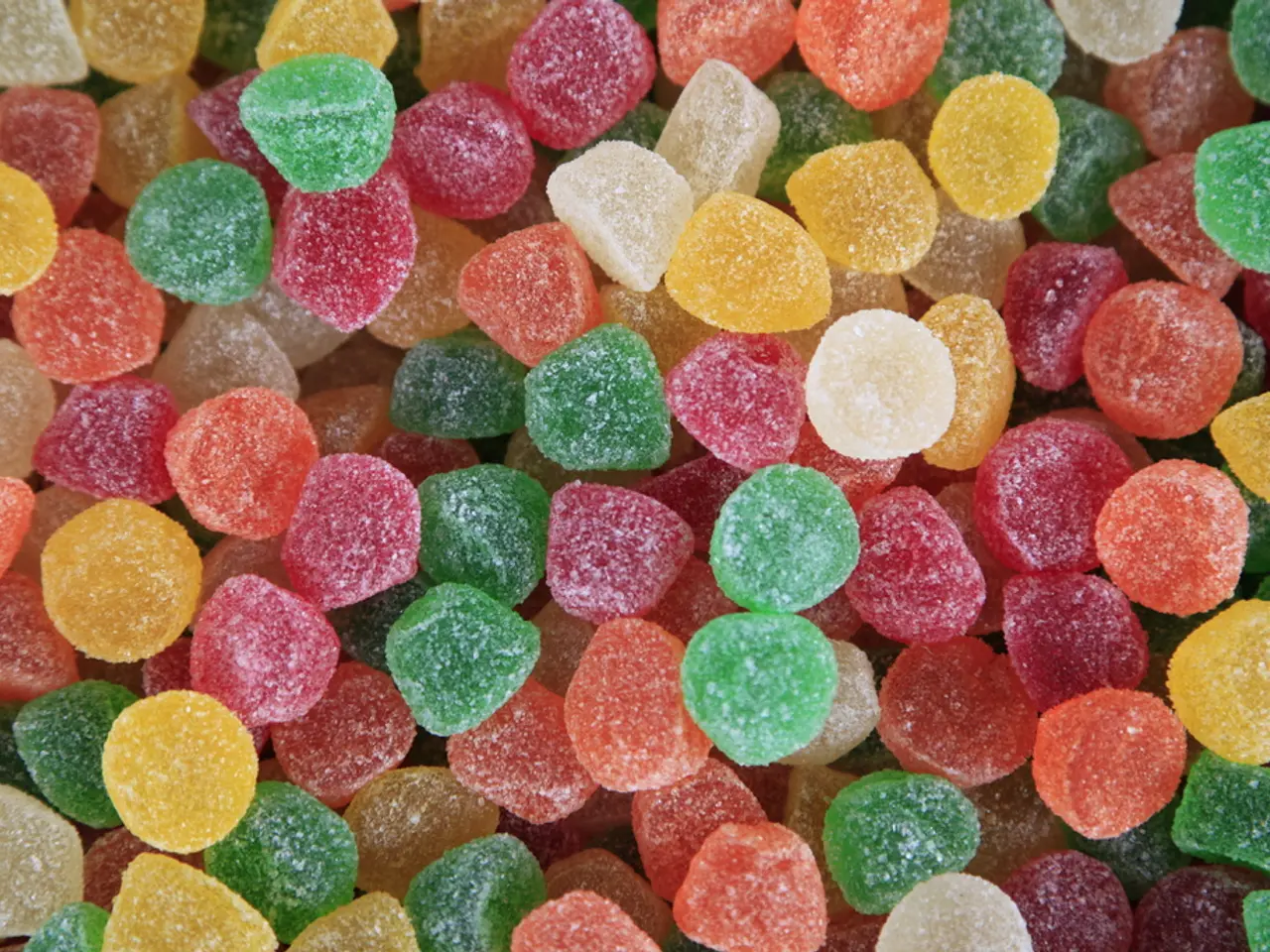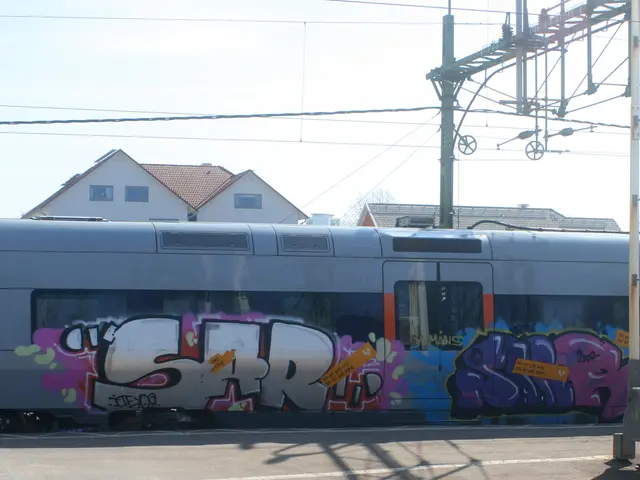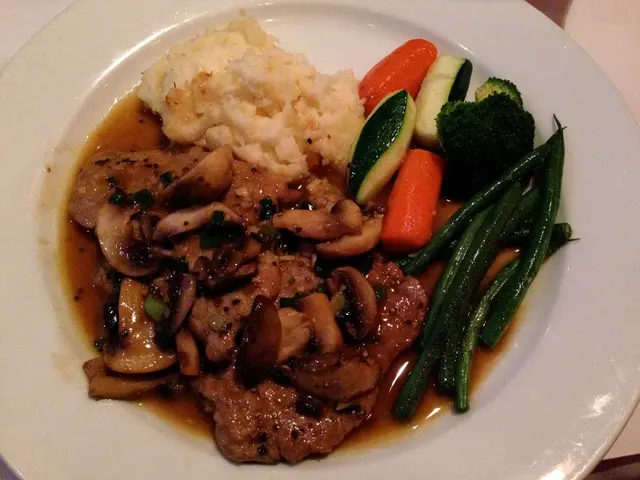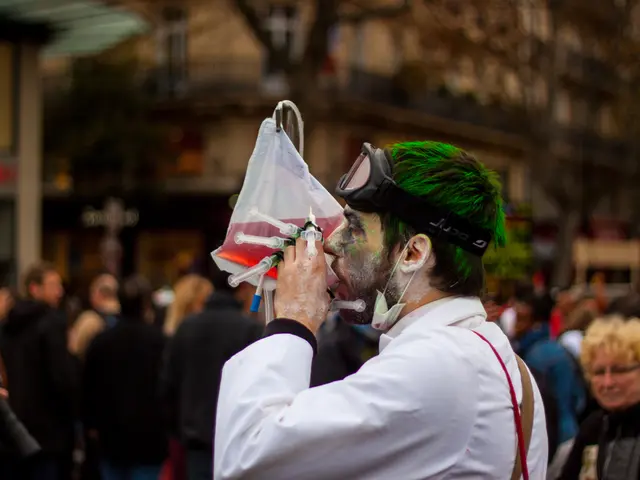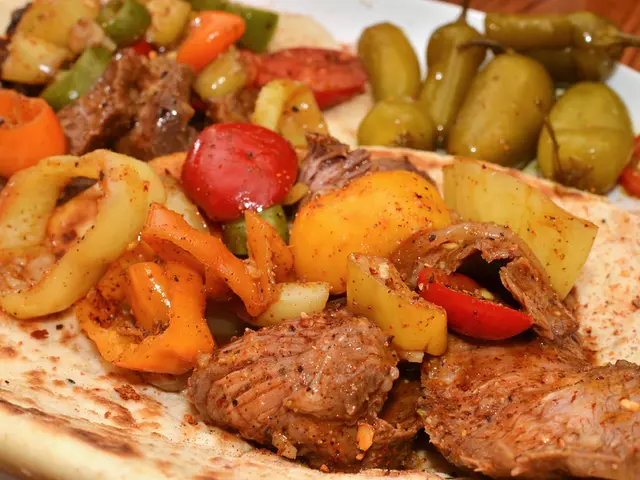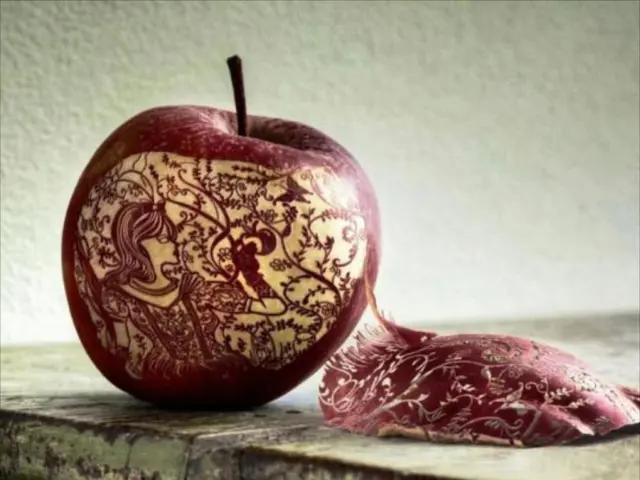Scientists in China Turn Carbon Dioxide into Edible Items in Revolutionary Findings
In a groundbreaking development, researchers have created an innovative process called in vitro biotransformation (ivBT) that converts carbon dioxide (CO2) into edible chemicals such as sucrose, using a multi-step enzymatic assembly line outside of living organisms. This process, which begins with capturing CO2 and converting it into methanol using solar-powered technology, offers a promising sustainable alternative to conventional agriculture.
The ivBT system uses enzymes in vitro to precisely catalyse each reaction step, allowing better control and efficiency than natural plant biosynthesis. The methanol source can be industrial waste or produced by hydrogenating captured CO2, integrating carbon recycling. The process resembles an industrial molecular "assembly line", designed to be more energy- and step-efficient compared to natural sugar synthesis in plants.
By bypassing crop cultivation, ivBT saves water, land, and labour, which are increasingly scarce due to climate pressures and population growth. This innovation offers several potential benefits for climate change and food shortages.
Firstly, the process converts CO2—a major greenhouse gas—into valuable food chemicals, helping reduce atmospheric CO2 levels and mitigating global warming. Secondly, it provides a way to produce food ingredients without relying on land-intensive agriculture, which is vulnerable to droughts and climate change impacts, thus addressing food security for the growing global population.
The ivBT system has an astounding 86% conversion rate, much higher than the rate of natural photosynthesis. The methanol production process for ivBT was refined by the Dalian Institute of Chemical Physics in 2021. A 2025 study demonstrated a 74% yield when converting CO2 into single-cell protein, suggesting that scientists can convert CO2 into food at increasingly competitive scales.
However, scaling the ivBT system requires improvements in enzyme stability, cost efficiency, and access to renewable hydrogen for methanol production. Cost, enzyme lifespan, and energy sourcing are current obstacles to mainstream adoption of the ivBT system.
The sucrose produced via ivBT is chemically identical to plant-derived sugar and safe for consumption. These synthesized carbohydrate molecules are essential components of the chemical and biofuel industries, as well as the global food system. The innovation involves a lab-based system that could change the way food is produced by replacing fields with factories that capture carbon and convert it into essential nutrients without using groundwater or land.
This technology could be a practical solution to the planet's most pressing problems, such as climate change and food shortages. It has potential for food production in harsh environments, such as deserts, disaster zones, and even on other planets. Dr. Emily Greenfield, an accomplished environmentalist with over 30 years of experience in writing, reviewing, and publishing content on various environmental topics, has dedicated her career to raising awareness about environmental issues and promoting sustainable practices.
In summary, the ivBT system merges advances in synthetic biology, enzyme engineering, and renewable energy to transform captured CO2 into edible sugars and chemicals in a lab setting. This innovation offers a promising sustainable alternative to conventional agriculture, potentially helping to curb climate change impacts while boosting food availability for a growing population. A food revolution where pollution becomes a source of nutrition and climate action meets gastronomic innovation might begin if the ivBT system is scaled up successfully.
- The ivBT system, which converts carbon dioxide into edible chemicals like sucrose, is an innovative process that leverages advances in synthetic biology, enzyme engineering, and renewable energy.
- By using solar-powered technology to convert carbon dioxide into methanol and an enzymatic assembly line, the ivBT system offers a sustainable alternative to conventional agriculture.
- The ivBT system has an 86% conversion rate, much higher than the rate of natural photosynthesis, and has the potential to address food security issues for the growing global population.
- Dr. Emily Greenfield, a renowned environmentalist, has dedicated her career to promoting sustainable practices and raising awareness about environmental issues, including this groundbreaking ivBT technology.
- The sucrose produced via ivBT is chemically identical to plant-derived sugar and is safe for consumption, making it a promising solution for food production in harsh environments like deserts, disaster zones, and even on other planets.
- If scaled up successfully, the ivBT system could revolutionize food production, transforming pollutants into nutrients while reducing the need for groundwater and land, thereby contributing to climate action and gastronomic innovation.
